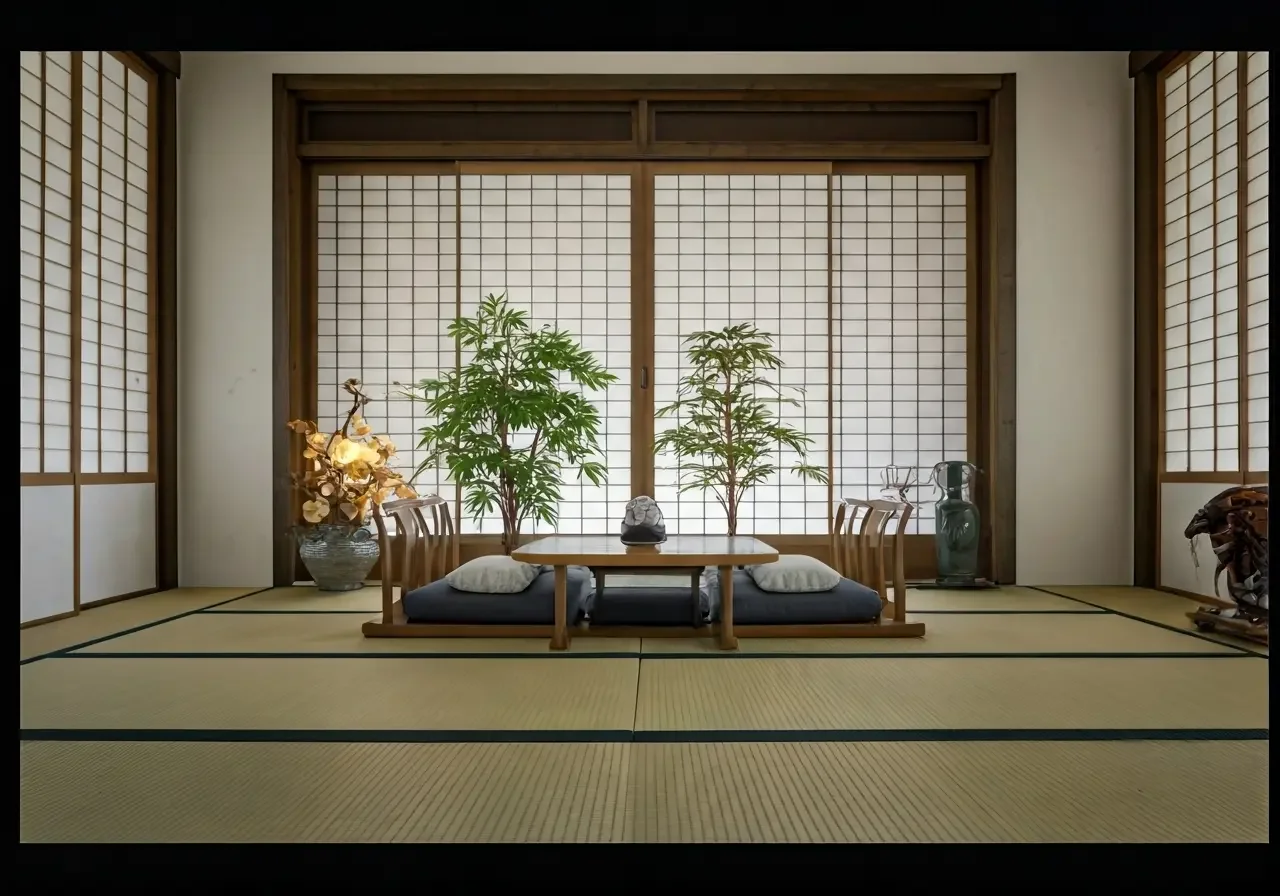What is Japanese Minimalism in Interior Design?
Japanese minimalism is more than just a style; it's a philosophy that embraces simplicity, functionality, and beauty, bringing serenity and harmony into interior spaces. In this blog, we'll explore the key elements of Japanese minimalism and how you can incorporate them into your home.
Understanding the Philosophy of Japanese Minimalism
At its core, Japanese minimalism focuses on the beauty of simplicity and functionality, inspired by Zen Buddhism and traditional Japanese culture. It values purposeful design and the removal of excess to create a calm and balanced environment.
The philosophy behind Japanese minimalism lies in its ability to bring peace and tranquility into our bustling lives. By stripping away non-essential items, it shifts our focus toward what truly matters: the beauty of simple forms and natural materials. This approach is not just about reducing clutter but also about enhancing the human experience.
Conceptually, it encourages us to find contentment in less, teaching the art of mindful living. This lifestyle choice aligns with the traditional Japanese concept of 'Ma,' which emphasizes the spatial voids left intentionally to create a balance between space and objects.
Incorporating Natural Materials
Using natural materials like wood, stone, and paper is crucial in Japanese minimalist design. These materials bring an organic warmth and texture to the space, creating a connection with nature and enhancing the overall sense of peace.
Wood is often celebrated for its varied textures and compatibility with other natural elements, contributing to a rustic yet refined appearance. Stones introduce earthy, grounding elements, adding layers of texture and complexity to the minimalist aesthetic while maintaining a clean look.
The inclusion of natural fabrics such as cotton and linen further complements the serene environment. The tactile sensation of touching these materials adds another dimension of sensory experience, promoting tranquility and a sense of grounding.
Emphasizing Open Spaces
Open, uncluttered spaces are a hallmark of Japanese minimalism. Removing unnecessary items and embracing furniture with clean lines help to maintain an airy and spacious feel, letting energy flow freely throughout the home.
The layout often incorporates sliding doors and wide windows to unify the interior with the outdoor environment. By doing so, the interior space breathes and expands, suppressing any feeling of confinement.
This open design philosophy not only improves the flow of natural light but also allows for a dynamic interaction with the ever-changing outside world. It encourages a deeper relationship with nature, which is a quintessential Japanese cultural value.
Choosing a Neutral Color Palette
A neutral color palette is essential in achieving a minimalist aesthetic. Soft whites, earthy tones, and muted colors help create a calming atmosphere while allowing the focus to remain on the simplicity and functionality of the space.
The disciplined use of colors aids in maintaining uniformity and flow across spaces. This strategy allows the natural hues of wood and stone to stand out, transforming them into focal points rather than background elements.
In this design philosophy, color is used sparingly, often appearing through natural landscapes visible through large windows or through select pieces of art. This nuanced use of color emphasizes simplicity, elegance, and sophistication.
Integrating Functional Decor
Decorative elements in Japanese minimalist interiors should serve a purpose, whether it's to enhance functionality or add subtle artistic appeal. Consider using multi-functional furniture and simple decorative pieces that reflect your personal style without overwhelming the space.
Traditional elements such as shoji screens and tatami mats transcend mere decoration—they contribute to the home’s functionality and cultural depth. While shoji screens allow diffused light to filter through, enhancing the ambiance, tatami mats add a layer of comfort and a classic Japanese touch.
Every item within a space should contribute to both function and form. The simplicity and elegance of each piece resonate with the overall theme of mindful living. The objective is not to adorn the space lavishly, but to allow the essential elements to stand out.
Embrace the Serenity of Japanese Minimalism
By embracing the principles of Japanese minimalism, you can transform your living space into a peaceful retreat that reflects a deep appreciation for simplicity and functionality. This design approach not only enhances the aesthetics of your home but also promotes a more mindful and clutter-free lifestyle.

